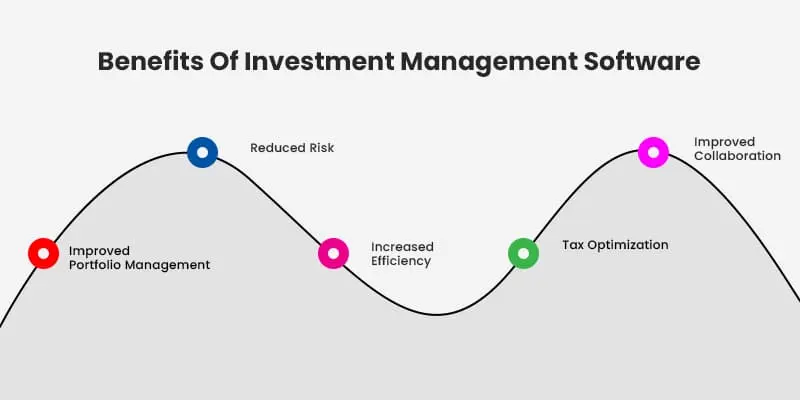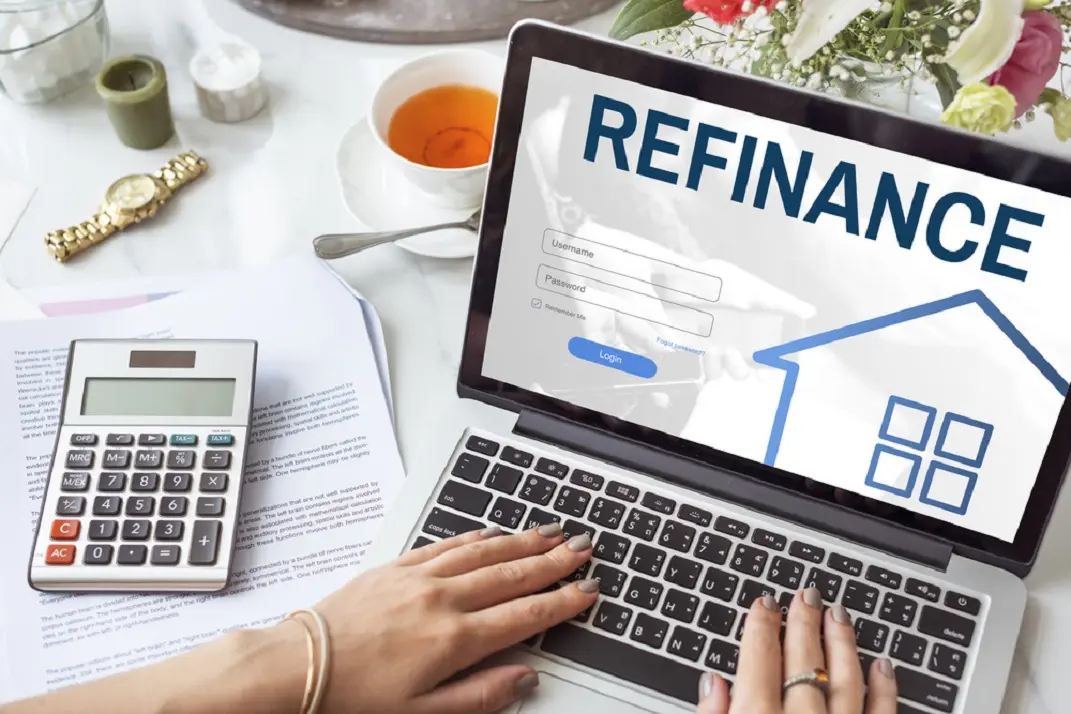
What Are Green Bonds?
Green bonds are debt securities issued by corporations, governments, or municipalities to finance environmentally friendly projects. These projects may include initiatives like renewable energy development, sustainable agriculture, or infrastructure improvements designed to reduce carbon emissions. By investing in green bonds, investors can contribute to sustainable practices and help fund the transition to a greener economy.
Benefits of Green Bonds:
- Financial Return: Investors receive interest payments over the life of the bond.
- Environmental Impact: Funds are used specifically for projects that benefit the environment.
- Risk Level: Green bonds are generally considered low-risk compared to other investment vehicles.
Impact Funds: Driving Positive Change with Your Investments
Impact funds focus on generating both social or environmental impact and financial returns. Unlike traditional investment funds, which prioritize profit, impact funds invest in companies or projects that aim to solve critical issues such as poverty, inequality, or climate change. By allocating capital to these funds, investors can ensure their money contributes directly to making a difference in the world.
How Impact Funds Work
Impact funds invest in sectors such as healthcare, education, renewable energy, and affordable housing. These funds measure success not only through financial performance but also by the tangible social and environmental outcomes their investments create. Investors seeking to make a meaningful difference while earning a return may find impact funds to be an ideal choice.
Popular Impact Fund Sectors:
- Renewable Energy: Investments in wind, solar, and other renewable technologies.
- Affordable Housing: Financing low-cost housing projects to address homelessness.
- Social Enterprises: Supporting businesses that provide essential services to underserved communities.
Green Bonds vs. Impact Funds: A Comparison
Although both green bonds and impact funds contribute to sustainability goals, they differ in their structures and investment approaches. Here’s a quick comparison of the two:
| Aspect | Green Bonds | Impact Funds |
|---|---|---|
| Primary Focus | Environmental sustainability | Social and environmental impact |
| Investment Type | Fixed-income bonds with interest payments | Equity or debt investments in social enterprises |
| Risk Level | Typically low risk (similar to bonds) | Varies, can be higher due to sector focus |
| Return Type | Fixed return (interest) | Variable returns depending on fund performance |
| Investment Focus | Renewable energy, clean technology | Healthcare, education, renewable energy, etc. |
ESG Funds: A Holistic Approach to Sustainable Investing
ESG funds evaluate potential investments based on three key criteria: environmental, social, and governance factors. These funds focus on companies that demonstrate strong performance in areas like reducing environmental impact, fostering a diverse and inclusive workplace, and maintaining ethical business practices. ESG investing provides a comprehensive approach to sustainability, allowing investors to make informed decisions about the companies they support.
ESG Criteria for Investment
- Environmental: Does the company have policies in place to reduce waste, emissions, and energy consumption?
- Social: How does the company treat its employees, customers, and communities? Is it involved in charitable activities or supporting social causes?
- Governance: How transparent is the company’s leadership? Does it adhere to ethical standards and practices?
The Future of Sustainable Investments
As sustainability continues to be a critical concern globally, sustainable investment options like green bonds, impact funds, and ESG funds are expected to become increasingly popular. Investors today are not only concerned with financial returns but also with the positive impact their investments can make on society and the environment. With the global shift toward sustainability, these investment options will play a crucial role in shaping the future of the financial world.
Key Takeaways:
- Green bonds offer a way to invest in environmental sustainability with fixed returns.
- Impact funds focus on social and environmental change while providing financial returns.
- ESG funds offer a comprehensive approach to investing based on environmental, social, and governance factors.
Investing sustainably is no longer just a trend—it's a movement. By exploring options like green bonds, impact funds, and ESG investments, individuals can make a meaningful contribution to global sustainability efforts while achieving financial success.








